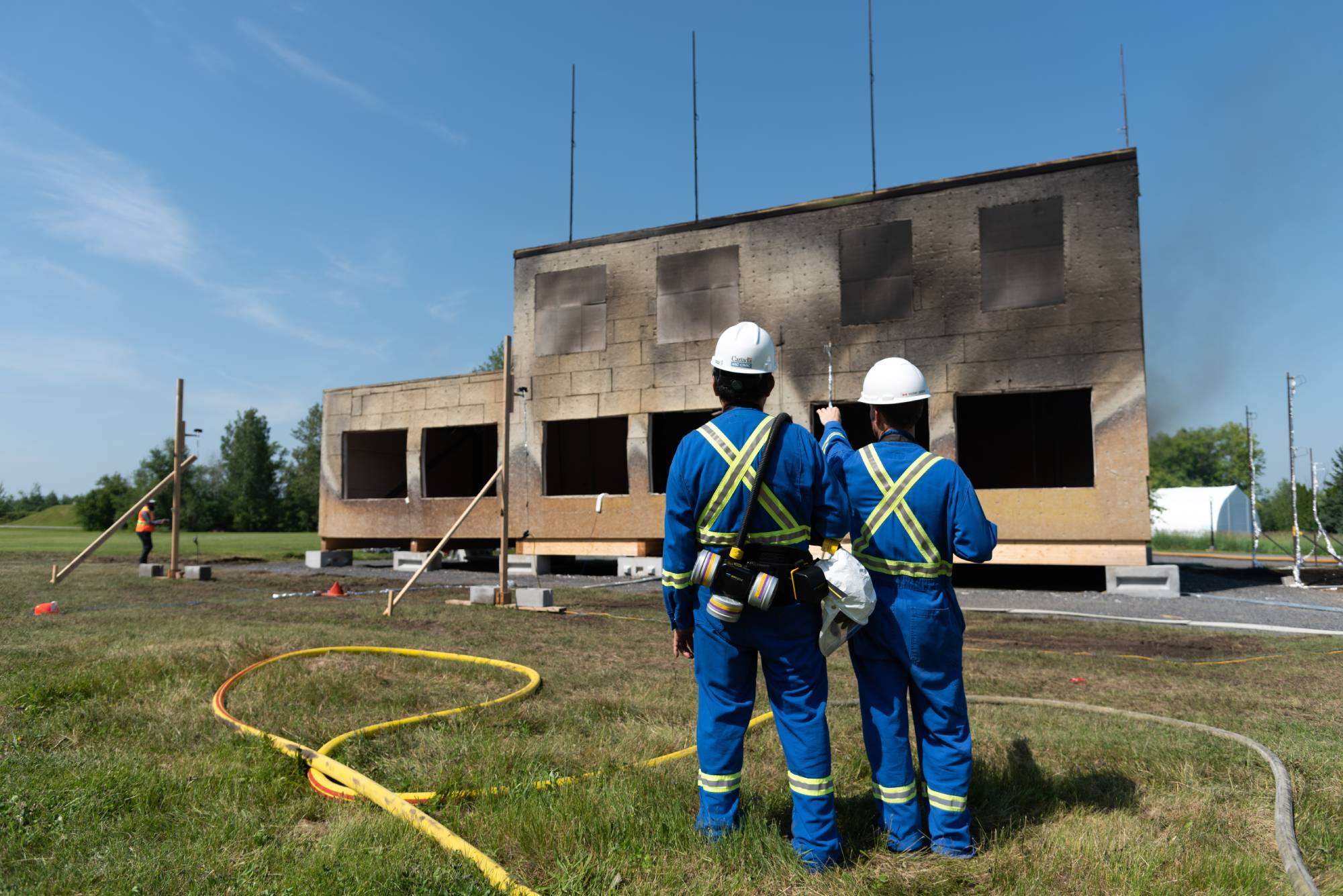Mass timber construction for residential and commercial buildings is far from a new technology but it may still be unfamiliar to some in the insurance industry.
The key issues are risk and data. Insurance of any sort — including occupancy and builder’s risk insurance — is rooted in assessing risk, and insurers use past data to do so (of which there are next to zero claims for mass timber buildings to use as a reference).
As most such data is based on steel, concrete or light wood frame buildings, it can be difficult to assign risk to a policy for a mass timber building. Indeed, while steel and concrete construction remains dominant, Canada has just over 800 completed mass timber buildings and the U.S. just over 2,000, with approximately 200 and 600 respectively erected in the last five years. (For more details about North America’s portfolio of mass timber buildings visit the Interactive Map of Mass Timber in Canada and Mapping Mass Timber in the US.)
This data disproportion can affect an insurer’s decision whether to provide coverage and how much to charge.
Here are some common misconceptions about mass timber that insurers need to understand so they can serve existing clients, attract new customers and build successful long-term relationships with owners/developers in the mass timber space.

